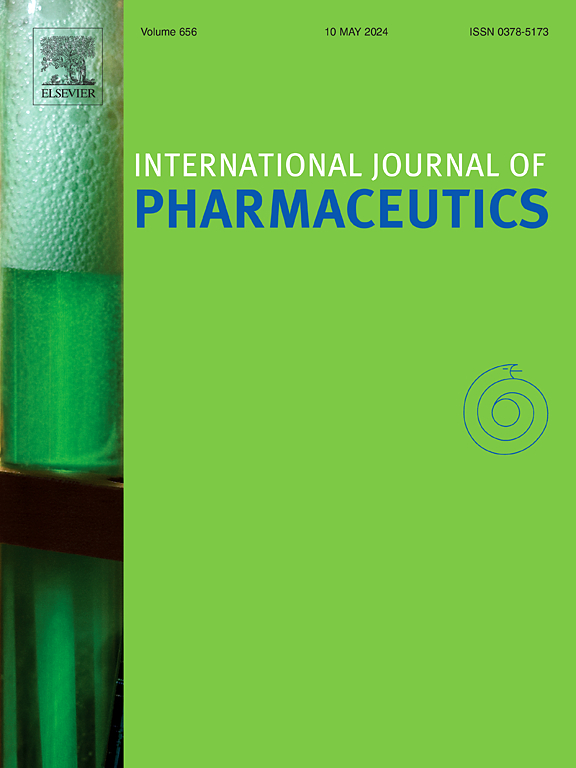An adhesive and self-healing ROS-scavenging hydrogel loading with hMSC-derived exosomes for diabetic wound healing
IF 5.3
2区 医学
Q1 PHARMACOLOGY & PHARMACY
引用次数: 0
Abstract
Diabetic wounds have garnered significant attention due to excessive reactive oxygen species (ROS), persistent inflammation, and vascular and neural impairments that hinder effective healing. ROS-scavenging hydrogels with phenylborate bonds possess inherent anti-ROS and anti-inflammatory properties, while human mesenchymal stem cell-derived exosomes (hMSC-exos) offer additional anti-inflammatory, pro-angiogenic, and neurogenic benefits, presenting a promising strategy to address these challenges. This study introduces a novel ROS-scavenging hydrogel loaded with hMSC-exos, which exhibits strong adhesion and self-healing capabilities. Upon application to the wound, it interacts with ROS to produce an anti-inflammatory response, concurrently allowing a sustained release of hMSC-exos. In vitro and in vivo experiments have demonstrated that this hydrogel effectively reduces ROS levels, mitigates inflammation, and promotes angiogenesis and neurogenesis, thus enhancing functional skin restoration and accelerating wound healing. In summary, we propose an innovative therapeutic approach for diabetic wound healing by combining ROS-scavenging hydrogels with hMSC-exos, with the potential to significantly benefit patients.

求助全文
约1分钟内获得全文
求助全文
来源期刊
CiteScore
10.70
自引率
8.60%
发文量
951
审稿时长
72 days
期刊介绍:
The International Journal of Pharmaceutics is the third most cited journal in the "Pharmacy & Pharmacology" category out of 366 journals, being the true home for pharmaceutical scientists concerned with the physical, chemical and biological properties of devices and delivery systems for drugs, vaccines and biologicals, including their design, manufacture and evaluation. This includes evaluation of the properties of drugs, excipients such as surfactants and polymers and novel materials. The journal has special sections on pharmaceutical nanotechnology and personalized medicines, and publishes research papers, reviews, commentaries and letters to the editor as well as special issues.

 求助内容:
求助内容: 应助结果提醒方式:
应助结果提醒方式:


